1930 Truck Used 3.3L ci I4 Manual 4-Speed RWD Coral Flame red
- Condition: Used
- Make: Ford
- Model: Model aa
- SubModel: Model AA Fire Truck
- Type: Truck
- Year: 1930
- Mileage: 13,097
- VIN: AA2640934
- Color: Coral Flame red
- Engine size: 3.3L ci I4
- Number of cylinders: 4
- Fuel: Gasoline
- Interior color: Black
- Options: 6 volt Federal Siren , Budd wheels, Foam hoses,
- Vehicle Title: Clear
- Interested?
1930 Ford Model aa Model AA Fire Truck Description
This model AA Fire truck was bought new in 1930 for a fire truck in South Dakota. Its had a frame-off restoration completed by Solid Gold classics in which they made a new flat bed and used the original canisters and original Federal Enterprises, Inc., light and siren model #C6BR and all its original tools, jack, hand crank, tire chains and hoses. Its mounted on new Firestone tires 6.50x20 This model AA Fire Truck was one of the first chemical and foam vessels built for fighting gas fires in South Dakota. This Model AA Ford Fire Truck is powered by the same 201-cubic-inch (3.3 L) engine I4 engine that the Model A Ford used. The engine produced a maximum of forty horsepower at 2,200 rpm. The engine featured an up-draft carburetor, six-volt generator, 2-blade fan, mechanical water pump, mechanical oil pump, electric starter and four-row radiator. All of these features were identical to the Model A Ford except the radiator. The engine could also be crank started if necessary by a hand crank that is inserted through a hole in the radiator shell. The Model AA was based on a chassis that was similar in design to the Model A Ford, except it was substantially larger and heavier to accommodate the work this truck was designed for. Model AA Ford has a four-speed manual gearbox. The transmission is geared lower than the Model A Ford to provide more power to move a loaded truck. This lower gearing reduced the top speed of the truck when compared to the Model A Ford. The transmission also featured a lock-out on the shift knob for reverse that required a lever to be activated with the thumb so reverse could be engaged. This was done to prevent accidental engagement of reverse while the truck was in motion. Early trucks had a worm gear rear-end that limited the top speed of the truck. That rear-end was replaced by a Ring and Pinion rear-end Differential to improve the speed of the truck. Later models were fitted with braces on the outer casing of the rear-end to provide additional support to the rear-end housing. The suspension of the AA Fire Truck was similar to the Model A Ford in the front end. A leaf spring is centered in the front ‘A’ frame over the front axle. Shock absorbers were available for the front end. The rear suspension differed from the Model A Ford. The AA had leaf-springs mounted to the chassis and shackled to the rear-axle. The rear suspension did not have shocks. The controls in the Model AA Ford are entirely mechanical, except the windshield wiper in later models. The brakes are mechanical and the truck has four oversized drum brakes to stop the vehicle. The mechanical system is a pull lever system that applies the force from the pedal to a pivot that pulls the brake rods that expand the brakes in the drums. The brake light is activated when the brake pedal is pushed. The brakes are proportioned more toward the rear drums. The parking brake is a chrome lever on the floor with a release button on the top. The windshield wipers started as hand cranked and later models were a vacuum pump powered from the exhaust line. The horn button is mounted in the middle of the steering wheel assembly. Controls for the lights are also incorporated into the steering assembly. The switch was a three-stop switch for parking lights, headlights and high-beams. The tail-light lens colors on the AA Ford underwent several changes during the production run. Two levers are mounted on the steering column to adjust the engine. The left lever controls the manual advance of the timing. Adjusting the timing of the engine change the time that a spark will occur in the combustion chamber and those changes affect the performance of the engine. The right lever is a manual control for the throttle. The throttle can be adjusted to ease the shifting of the transmission and the idling speed of the engine. Underneath the dash on the right side is the choke rod. The choke can adjust the flow of gasoline from the carburetor into the engine. Turning the knob on the choke rod clockwise closes the fuel flow, leaning out the engine; turning the knob counterclockwise opens the fuel flow to the engine. The gauge cluster in the Model AA Ford includes three basic gauges. The cluster is in a diamond formation, with the start key and pop-out switch is on the left point. The top of the cluster holds the gas gauge, which directly connects into the gas tank, behind the dashboard. The right point holds the amp gauge, which shows the charge rate of the generator. The bottom of the dash holds the speedometer and odometer. Additional gauges can be mounted below the cluster if desired. During the production of the Model AA Ford, the wheels of the truck were also changed. Spoke wheels similar in appearance to Model A wheels but much heavier were used during the production in 1928–1929. Twenty inch Disc wheels were produced by Budd for Ford. In 1930, a new style of disc wheel was adopted. These wheels were used for 1930 and part of 1931. The final wheels used were a further modification of the 1930 wheel with a raised center to reinforce the wheel. Wheel nuts changed with each new style of wheel to meet the changes made in the designs of the wheel. Special wheels were produced for Ambulances and Funeral Coaches. In 1930–1931 a dual-wheel adapter was developed and used for a variety of body styles, including dump-trucks, Fire trucks and Stake Trucks. contact Kennith Stewart at 1-877-689-6930 for more information.
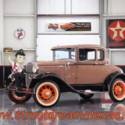 1930 Ford Model A 1 Tan Coupe I4 3.3L Manual 3-Speed
1930 Ford Model A 1 Tan Coupe I4 3.3L Manual 3-Speed
Mileage: 1
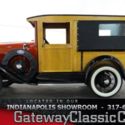 1930 Ford Model A Huckster 876 Miles Red 4 door Inline 4 cylinder 3-Speed Manual
1930 Ford Model A Huckster 876 Miles Red 4 door Inline 4 cylinder 3-Speed Manual
Mileage: 876
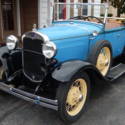 1930 30 Ford Model A Deluxe Roadster 3 Speed Manual 2-Door 6-Wheel Convertible
1930 30 Ford Model A Deluxe Roadster 3 Speed Manual 2-Door 6-Wheel Convertible
Mileage: 222
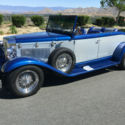 CUSTOM 1930 FORD MODEL A, 350 ENGINE, 4 SPEED MANUAL TRANS, ALL STEEL NO RESERVE
CUSTOM 1930 FORD MODEL A, 350 ENGINE, 4 SPEED MANUAL TRANS, ALL STEEL NO RESERVE
Mileage: 25,000
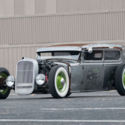 1930 Ford Model A Rat Rod Fuel Injected Ford V8 5 Speed Manual Transmission
1930 Ford Model A Rat Rod Fuel Injected Ford V8 5 Speed Manual Transmission
Mileage: 2,213
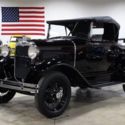 1930 Ford Model A Roadster 14 Miles Black Roadster 201ci Inline 4 3 Speed Manual
1930 Ford Model A Roadster 14 Miles Black Roadster 201ci Inline 4 3 Speed Manual
Mileage: 14
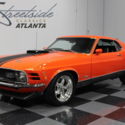 CALYPSO CORAL BEAUTY, FRESH RESTORATION, 408 STROKER, TREMEC 5-SPEED, R134A A/C!
CALYPSO CORAL BEAUTY, FRESH RESTORATION, 408 STROKER, TREMEC 5-SPEED, R134A A/C!
Mileage: 10,367
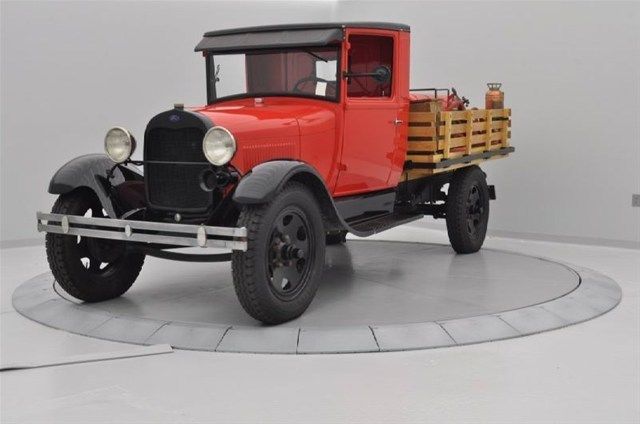
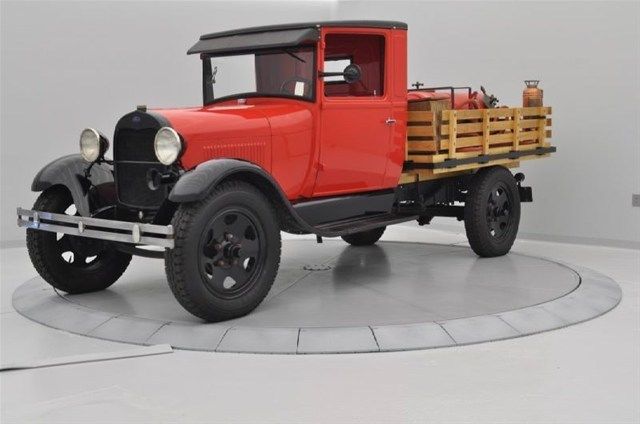
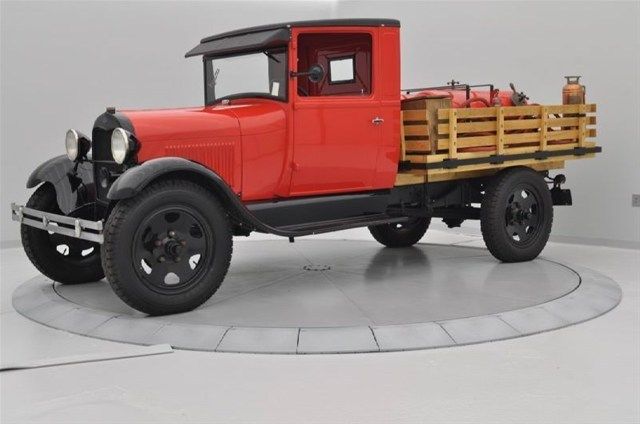
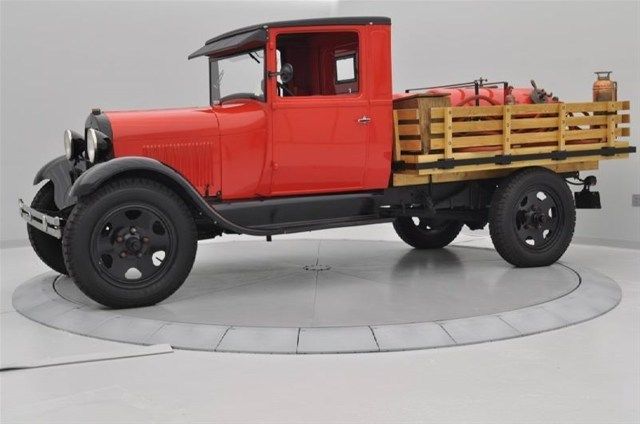
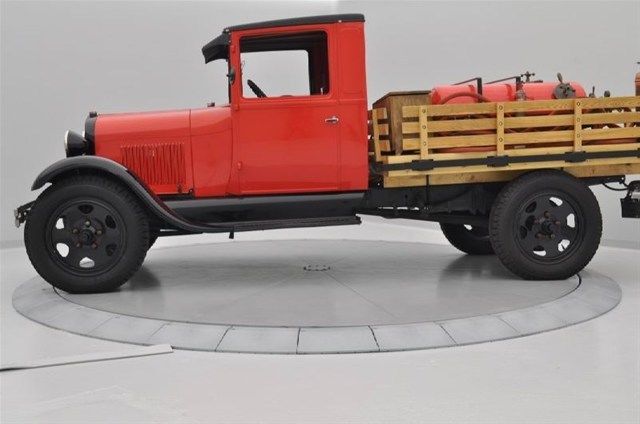
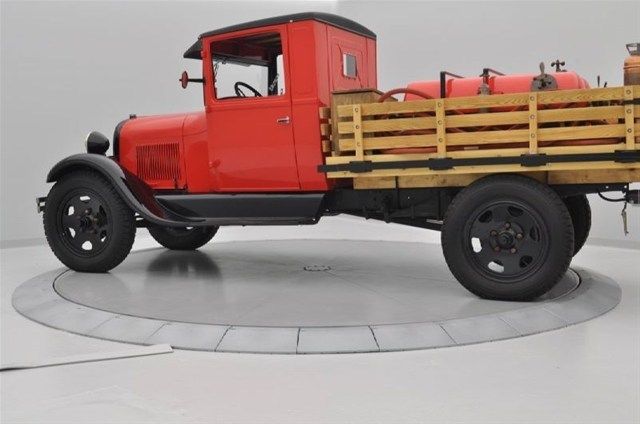
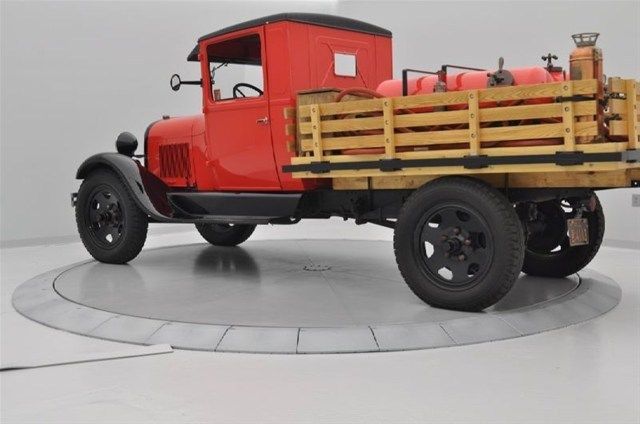
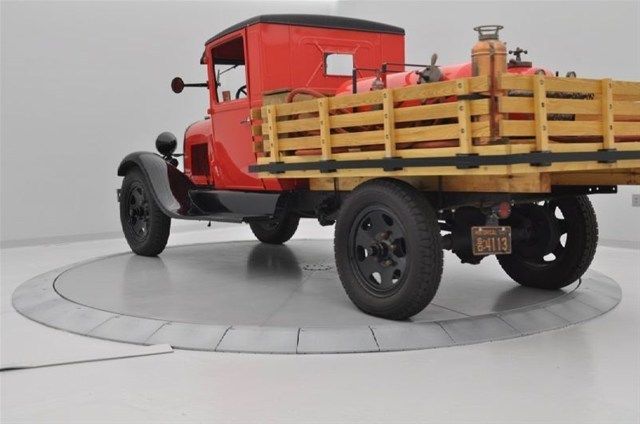
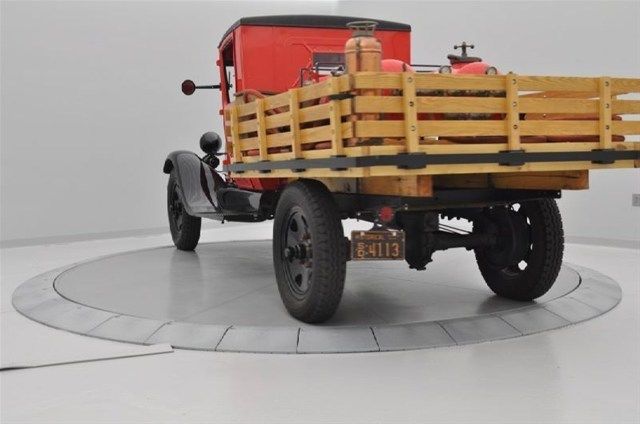
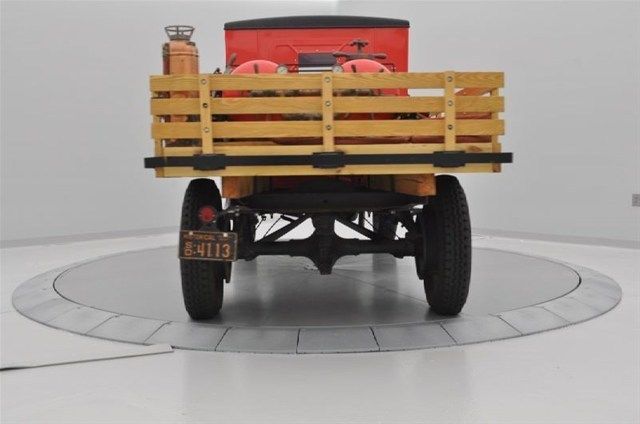
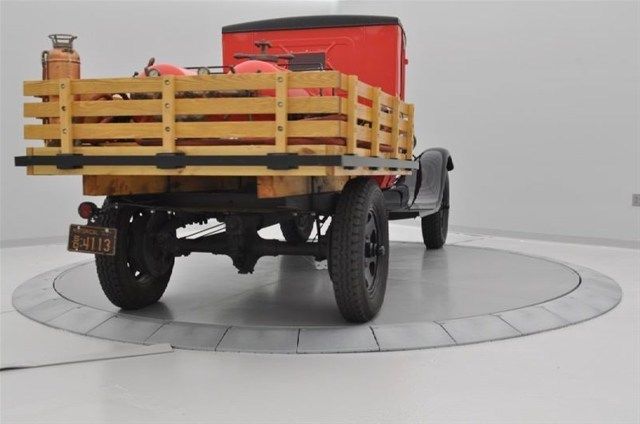
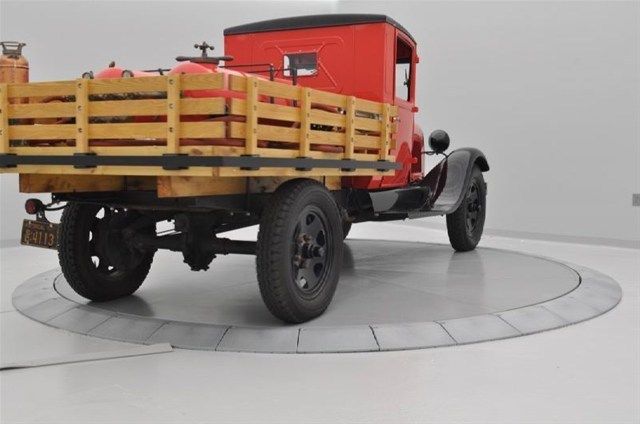
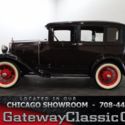 1930 Ford Model A 0 Burgundy Sedan Inline 4 3-Speed Manual
1930 Ford Model A 0 Burgundy Sedan Inline 4 3-Speed Manual
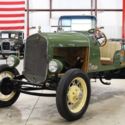 1930 Ford Speedster 0 Green Coupe 4cyl Flat 3 Speed Manual
1930 Ford Speedster 0 Green Coupe 4cyl Flat 3 Speed Manual
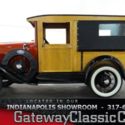 1930 Ford Model A Huckster 0 Red 4 door Inline 4 cylinder 3-Speed Manual
1930 Ford Model A Huckster 0 Red 4 door Inline 4 cylinder 3-Speed Manual